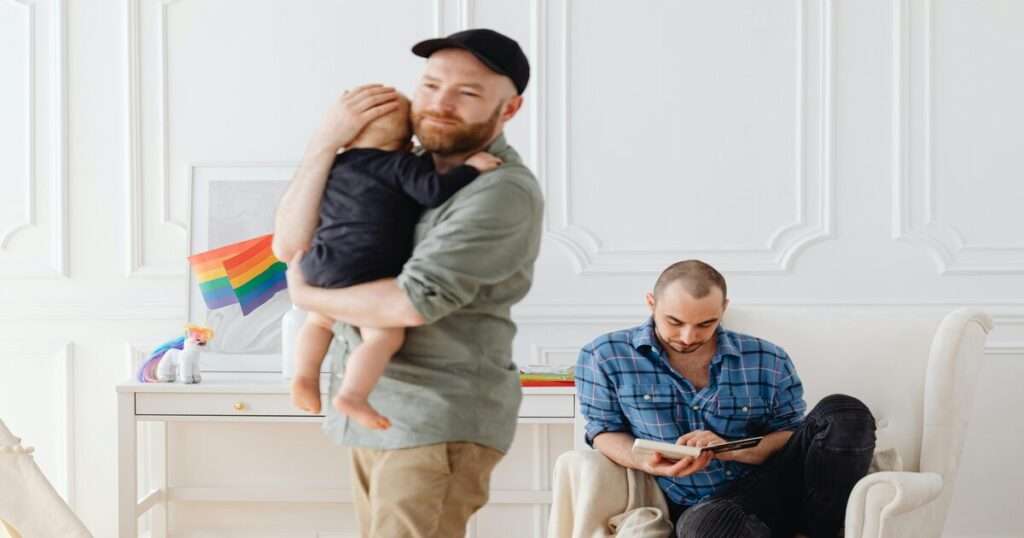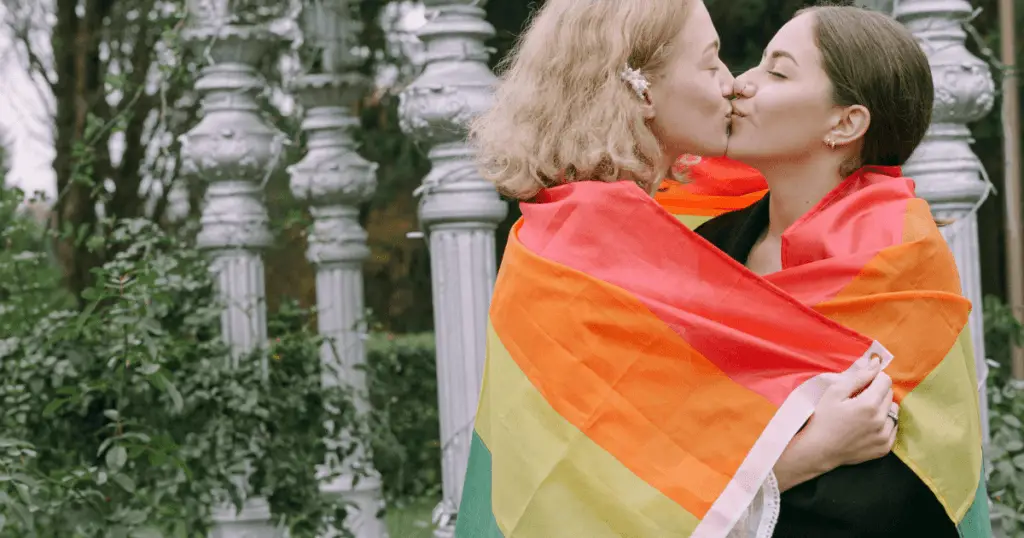We are a gay couple, what are our options for getting kids and building a family? This is a question many same-sex couples may have. In the past, LGBTQIA+ individuals and couples faced numerous barriers when it came to starting a family. There were legal, societal, and cultural limitations that made it difficult for same-sex couples to have children. However, with the progress towards equality and acceptance of LGBTQIA+ individuals and families, there are now more options available than ever before. We’ll discuss LGBTQ+ family building options to help you make informed choices:

First Things First: Every Person Deserves the Right to Have a Family
Before we dive into the different family building options available for same-sex couples, we must acknowledge that every person deserves the right to have a family. Just because someone is part of the LGBTQIA+ community does not mean they should be denied this basic human desire and right. Love knows no gender or sexual orientation, and everyone can be a loving and nurturing parent. As long as a person can provide a safe and stable environment for a child, they should have the opportunity to build their own family. Therefore, it’s important to advocate for equal rights and access to family building options for LGBTQIA+ individuals and couples.
LGBTQ+ Family Building Options: Make Your Dreams of Parenthood a Reality
1. Adoption
Adoption is a common way for same-sex couples to start a family. It involves legally adopting a child who is not biologically related to either parent. Adoption can be a lengthy and complex process, but the end result is worth it. Many adoption agencies now accept applications from LGBTQIA+ individuals and couples, but there are still some that may have discriminatory policies. Do thorough research and find an agency that accepts and supports same-sex adoptions. You can also work with a lawyer who specializes in adoption to navigate the process.
The benefits of adoption are not only the opportunity to become a parent, but also giving a child in need a loving and stable home. If you’re considering adopting a child as a gay couple, educate yourself on the laws and procedures in your state or country. You must also prepare emotionally and financially for the responsibilities of parenthood.
2. Surrogacy
Surrogacy is another LGBTQ family building option for same-sex couples who want to have children. It involves a surrogate mother carrying and giving birth to a child on behalf of the intended parents. There are two types of surrogacy. Traditional surrogacy is where the surrogate uses her own egg and sperm from one of the intended parents or a sperm donor. Gestational surrogacy is where the surrogate carries a fertilized embryo created through IVF using the intended parents’ or donor’s egg and sperm.
Surrogacy can be a costly option, but it allows for a genetic connection between the child and one of the intended parents. It also offers more control over the pregnancy process compared to adoption. However, surrogacy laws vary by state and country, so research and understand the legalities involved before pursuing this option. If you decide to go through with surrogacy, work with a reputable agency or fertility clinic and have a legal agreement in place.
3. Foster Care
Foster care is another gay family building alternative. It involves taking in a child or children who are temporarily unable to live with their birth family due to neglect, abuse, or other circumstances. Foster care is often viewed as a temporary arrangement until the child can return to their birth family or be adopted. Foster parents can also choose to adopt the child in their care if parental rights are terminated. Same-sex couples can become foster parents through state agencies or private organizations.
Foster care offers the opportunity to provide a child with a safe and nurturing environment while also potentially becoming their permanent family. However, it requires patience, flexibility, and the willingness to work with birth families and social workers. Educate yourself to understand the complexities of foster care before making this decision.
4. Assisted Reproductive Technologies for Lesbian Couples
Assisted reproductive technologies (ART) offer lesbian couples the ability to conceive and carry a child. In vitro fertilization (IVF) is the most common ART used by same-sex female couples. It involves retrieving eggs from one partner, fertilizing them with donor sperm, and transferring the resulting embryo into the other partner’s uterus. Reciprocal IVF is a common option for lesbian couples, where one partner provides the eggs and the other carries the pregnancy. It’s also called shared motherhood, and it provides both partners with a connection to the child.
Intrauterine insemination (IUI) is another ART option where donor sperm is directly inserted into the uterus during ovulation. This method can be less expensive and less invasive than IVF, but it may have a lower success rate. Both IVF and IUI require medical procedures and potential hormone treatments, so consult with a fertility specialist before deciding on this option.
Wrapping Up!
The LGBTQIA+ community has come a long way in terms of acceptance and equality, but there are still barriers when it comes to family building. However, with the options available today, same-sex couples can fulfill their dream of becoming parents. Whether through adoption, surrogacy, foster care, or assisted reproductive technologies, every person deserves the chance to start a family and provide a loving home for a child. Remember to do thorough research, seek support, and advocate for equal rights in the family building process. Love is love, and everyone deserves the opportunity to create a family of their own.
Let’s continue to break down barriers and promote inclusivity in all aspects of life, including family LGBTQ+ building. Let’s celebrate the diversity within the LGBTQIA+ community and empower individuals and couples to build the families they have always dreamed of. Together, we can create a world where all families are accepted and celebrated, regardless of sexual orientation or gender identity.



